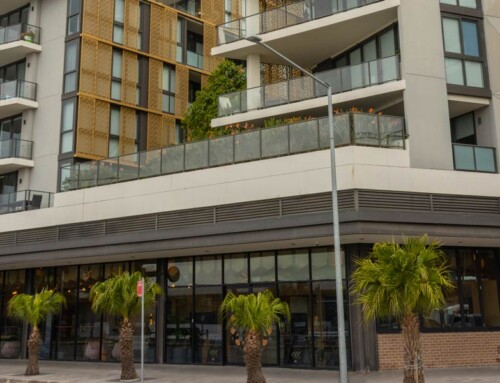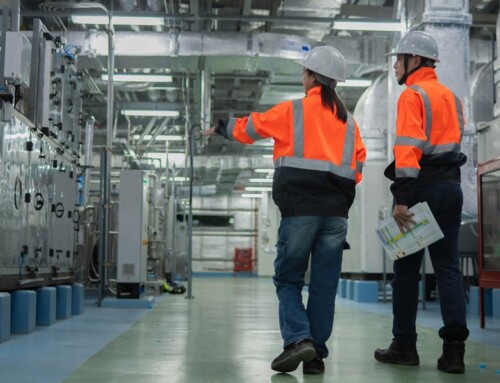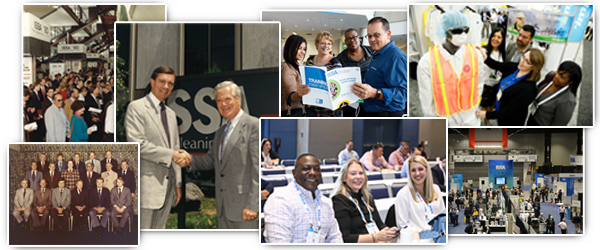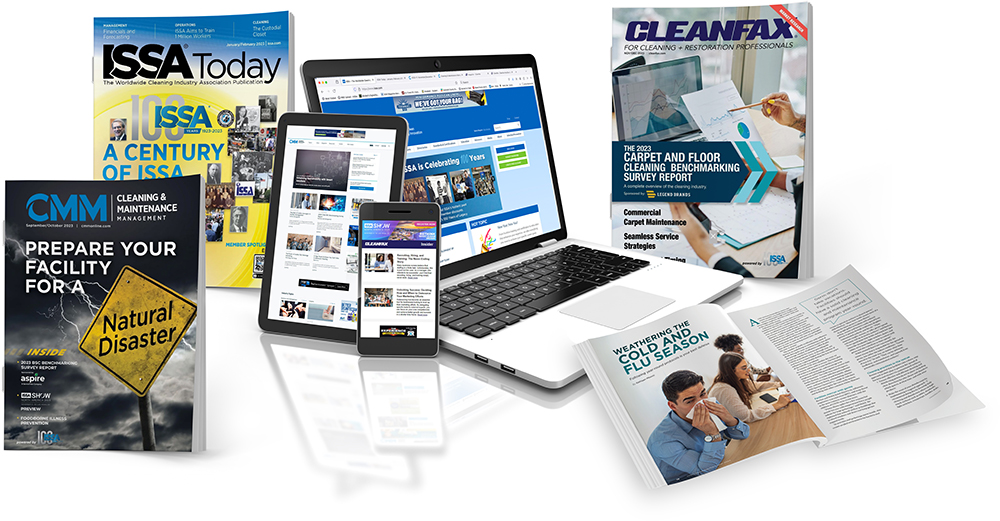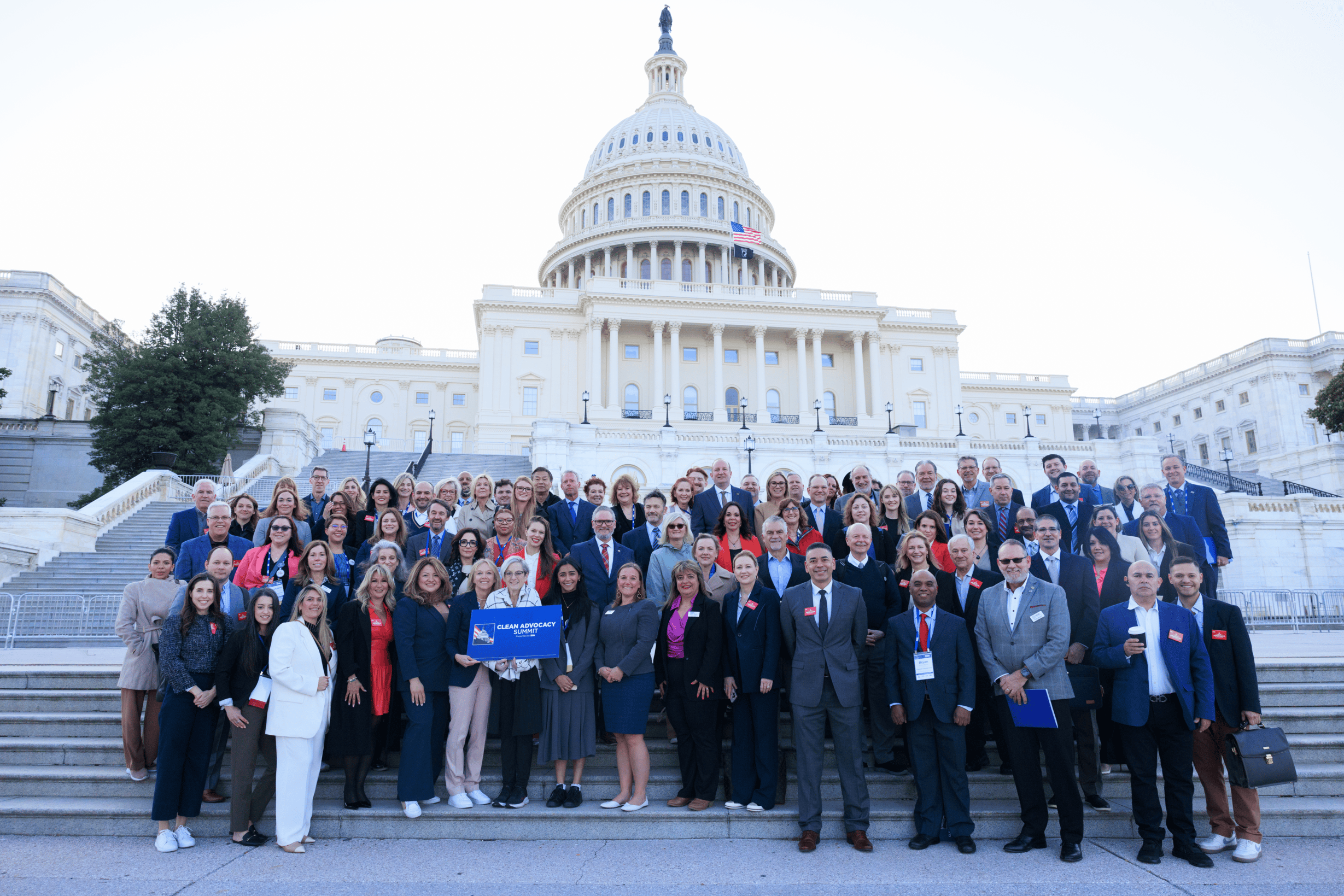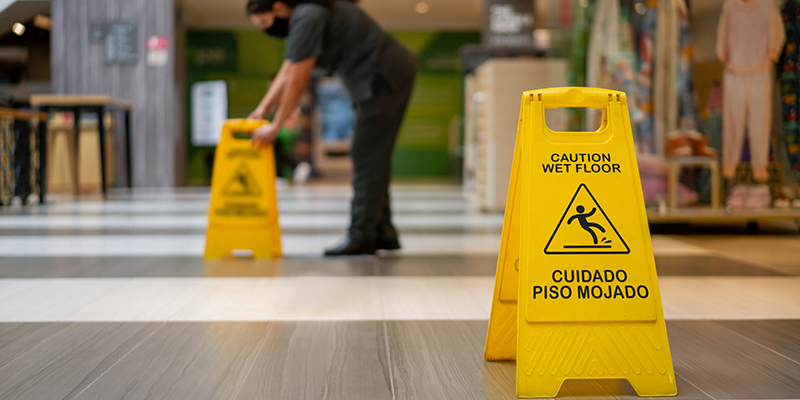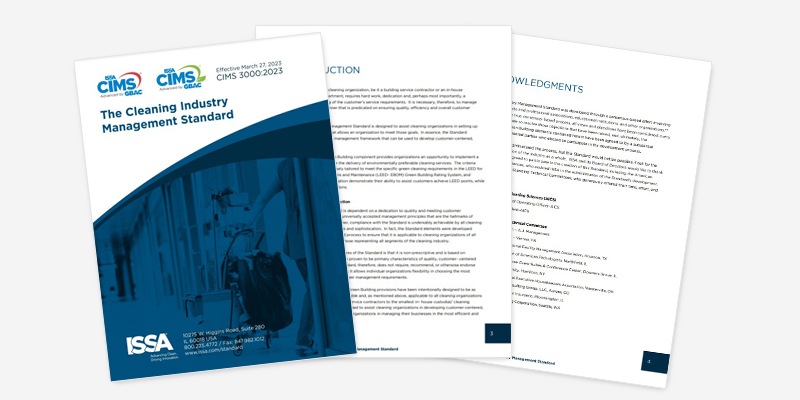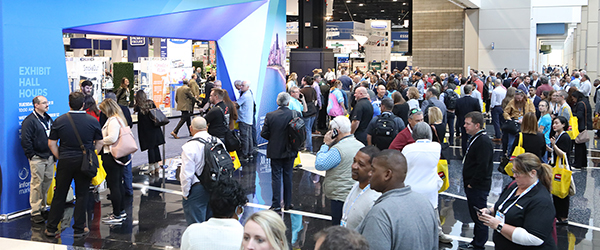Charting the Course: The Future of Environmental Services
Innovation, technology, and the future of environmental services are not just buzzwords—they’re the realities shaping the industry.
For Laurie Sewell, president of ISSA and CEO of Servicon, success lies in tackling these challenges with vision and collaboration.
In a recent episode of Straight Talk!, Sewell shared how she is redefining environmental services (EVS) by embracing technology, empowering frontline teams, and strengthening partnerships.
Solving problems, not just buying gadgets
When Sewell began her career, innovation was often limited to “the next piece of equipment.” Over time, she realized technology must go beyond tools. “Technology isn’t about equipment or a thing—it’s about solving a problem,” she said. “We ask, what is the problem we’re trying to solve? And is technology the solution to doing it?”
This mindset has led Servicon to explore hybrid solutions that combine multiple products or even develop new solutions in partnership with non-traditional companies. She pointed to a collaboration with SpaceBot that began from a simple client conversation about aerospace clean rooms. “From that discussion came a relationship where we could solve both their problem and ours,” she explained.
For Sewell, partnerships like this exemplify how innovation thrives when rooted in dialogue. “That’s why ISSA has been instrumental in my growth and success,” she said. “The trade show is not just a place to see new tech. It’s where conversations happen—with manufacturers, distributors, and reps—to share the problems we need to solve.”
Technology that protects workers and patients
The healthcare sector presents unique challenges: high-traffic spaces, tight budgets, and staffing shortages. Sewell stressed the importance of using innovation to do more with less—without burning out workers. “Workforce is going to be a challenge for all of us,” she said. “We need to allow team members to do good work that is ergonomically safe and less physically taxing.”
Sensor technology is one solution Servicon is piloting to improve efficiency. These devices can “smell, see, hear,” and collect data on air quality, occupancy, and even coughing patterns. “It’s about identifying how air quality changes with population density or where viral loads might be higher,” Sewell explained. “We can then clean smarter, not harder.”
Sewell is equally excited about advancements in robotics. In hospital settings, robots are now playing a collaborative role with staff. “I think robotics is the new team cleaning,” she said with a laugh. “You’ve got the robot disinfecting while your staff removes soil and bio-load. It’s the new partnership—your partner is Rosie the Robot.”
From UV to air: Redefining what clean means
COVID-19 shifted the world’s perception of cleaning, driving home the importance of cleaning for health rather than appearances. “If we didn’t learn anything from COVID, it’s that air matters,” Sewell said. Surface cleaning is critical, but without addressing airborne pathogens, “all the work we do is for nothing.”
She highlighted collaborations with companies like ThinkLite Air, which integrate air-cleaning units into HVAC systems or provide portable devices for custodians. “Talk about team cleaning 2.0. You’ve got this unit cleaning the air while you clean the surfaces,” she said. “We need to think beyond surfaces and embrace technologies that improve overall air quality.”
Change management: Empowering, not replacing, teams
Introducing new technology can intimidate workers. Sewell acknowledged this challenge, recalling early missteps during the green cleaning movement. “I thought, here’s what we’re doing, it’s great for you—why don’t you want to do it?” she said. “That doesn’t work. Change management is key.”
Servicon now involves operations teams early in the design process to increase adoption. “When they see their input built into the solution, they embrace it,” Sewell said. “It’s slower, but it’s more effective and stickier.” The approach transforms frontline workers into stakeholders, rather than spectators, of innovation.
A message to manufacturers and distributors
Sewell urged manufacturers to engage more deeply with customers. “One size does not fit all,” she said. “Understand what challenges each sector faces and tweak your solution to fit.” She compared it to Starbucks, where the core product is the same but customized to the individual. “That 10% customization makes all the difference.”
Events like the ISSA Show amplify these opportunities. “Where else can manufacturers get this kind of feedback in three days in one place?” Sewell asked. “Face-to-face dialogue is the best way to innovate. The show isn’t just a show—it’s an innovation conference.”
Looking ahead: Integration and partnership
As she looks to the future, Sewell envisions a closer partnership between EVS and healthcare. “We need to take as many non-clinical activities off the clinicians’ plate as possible so they can focus on patient care,” she said. Sensor technologies and integrated data systems will play a key role. “By working seamlessly with healthcare technologies, EVS can provide the most efficient and effective patient experience.”
Sewell’s leadership reflects a simple yet powerful philosophy: Listen, collaborate, and innovate with purpose. “Innovation isn’t about replacing people,” she emphasized. “It’s about making their work better, safer, and more meaningful.”
With ISSA leading the charge and industry partners stepping up, the future of environmental services looks bright, and more connected than ever.

